Disclosure: This article contains affiliate links. We may earn a commission from purchases at no extra cost to you, which helps our travel content.
As a cardiologist who's traversed high-altitude wonders across Peru, I've found my pulse quickening not just from elevation, but from excitement in the country's lesser-explored northern region. Piura offers that rare combination of archaeological significance, physiological challenges, and cultural immersion that continues to draw me back to Peru—all at a fraction of the cost you'd expect. My recent spring expedition revealed a region where ancient healing traditions and modern adventure converge in ways that will appeal particularly to students seeking meaningful travel on limited funds.
Understanding Piura: Peru Beyond the Postcard
While most travelers fixate on Machu Picchu's majestic heights, Piura represents Peru's compelling counterpoint—a coastal desert region where the Sechura Desert meets the Pacific, creating a physiological paradise of contrasting ecosystems. As someone who studies the human body's adaptation to environmental stressors, I find Piura's landscape particularly fascinating.
The region's history runs as deep as its canyons, with the ancient Moche and Vicús civilizations leaving behind metallurgical marvels that rival their more famous Incan counterparts. The Vicús were creating sophisticated gold alloys centuries before European metallurgy reached similar capabilities—a fact I contemplated while examining artifacts at the Municipal Museum of Vicús.
Navigating this region requires proper preparation for both intense sun exposure and cool evening temperatures. I've found that maintaining proper hydration is critical, particularly when transitioning between microclimates. My filtered water bottle proved invaluable, allowing me to safely refill from various water sources while reducing plastic waste.

💡 Pro Tips
- Pack high-SPF sunscreen as the desert sun is deceptively intense even in spring
- Exchange currency in Piura City rather than smaller towns for better rates
- Learn basic Spanish medical terminology for emergencies—particularly important for adventure activities
Budget Accommodations: From Coastal Hostels to Mountain Homestays
For budget-conscious students, Piura offers remarkable lodging diversity without depleting your funds. In Piura City, I recommend the centrally located Hospedaje El Refugio ($10-15/night), where simple but clean rooms provide an excellent base for urban exploration. The owner, Señora Carmen, maintains an impressive herb garden with medicinal plants she's happy to discuss—a fascinating glimpse into traditional Peruvian healing practices.
Along the coast in Máncora, hostels like The Point ($12-18/night) offer beachfront access and communal kitchens. Cooking your own meals using local seafood from the morning markets can reduce your food budget by 60% while providing fresher cuisine than many restaurants.
For truly immersive experiences, homestays in the highlands near Ayabaca run approximately $8-12/night including meals. These family homes offer authentic cultural exchange and often include participation in agricultural activities. During my stay with the Jimenez family, I learned traditional methods for preparing quinoa that maximize its nutritional profile—knowledge I've since incorporated into my cardiac patients' dietary recommendations.
Regardless of accommodation type, I never travel without my portable door lock for added security and peace of mind, especially in shared hostel situations or homestays where door locks may be basic.
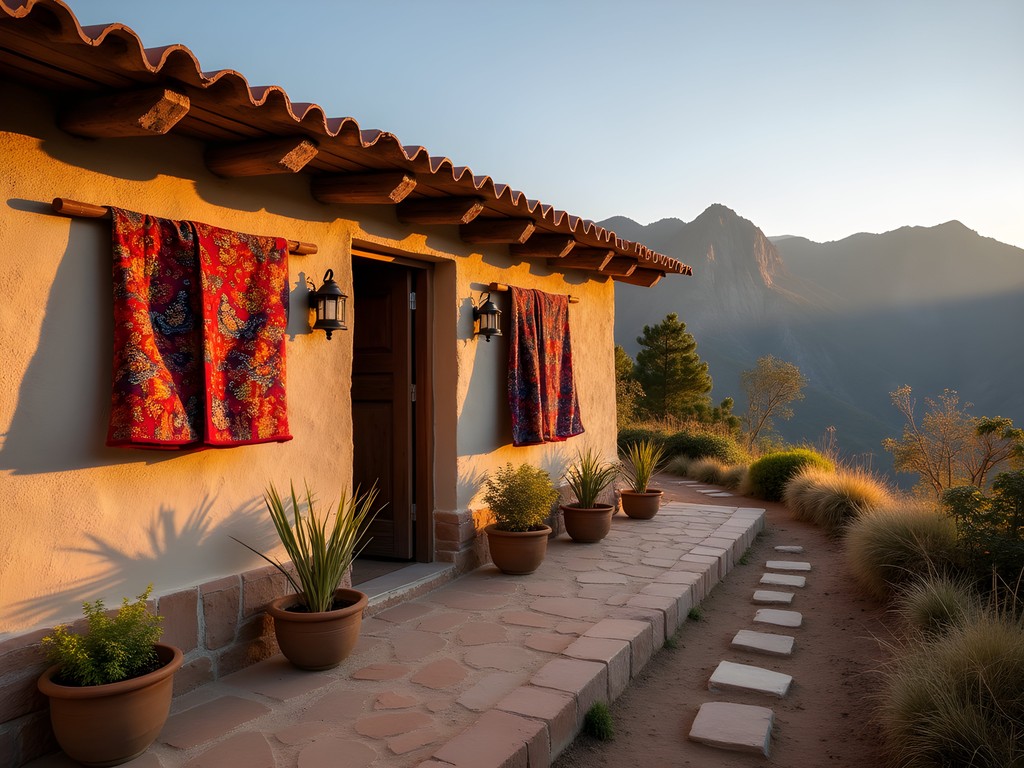
💡 Pro Tips
- Book homestays through local organizations rather than international websites to ensure money benefits the community directly
- Bring a lightweight sleeping bag liner for hostels where bedding cleanliness may be questionable
- Negotiate multi-night discounts for stays longer than three nights—most places offer 10-20% reductions
Archaeological Wonders on a Student Budget
Piura's archaeological sites offer extraordinary value compared to Peru's more touristed regions. The Aypate Archaeological Complex, an administrative center of the Incan Empire, charges just $3 for entry—a stark contrast to Machu Picchu's $60+ fees. What fascinates me as a physician is how these ancient builders incorporated acoustic elements that appear to amplify specific heart-rate-synchronizing frequencies during ceremonial activities.
The Vicús archaeological zone near Chulucanas provides insight into pre-Incan metallurgical expertise. For just $2, you can examine artifacts that demonstrate sophisticated understanding of gold and copper alloys. I recommend hiring a local guide (approximately $10 for a 2-hour tour) who can explain the significance of these metallurgical techniques and their applications in ancient healing practices.
For serious archaeological enthusiasts, invest in the archaeological identification guide. This comprehensive reference helped me identify pottery fragments and understand architectural features that would have otherwise gone unnoticed during my explorations.
To fully appreciate these sites while maintaining energy levels in the intense sun, I relied on my electrolyte tablets. The combination of heat, dry air, and walking can rapidly deplete electrolytes, potentially leading to symptoms that might otherwise be mistaken for altitude sickness.
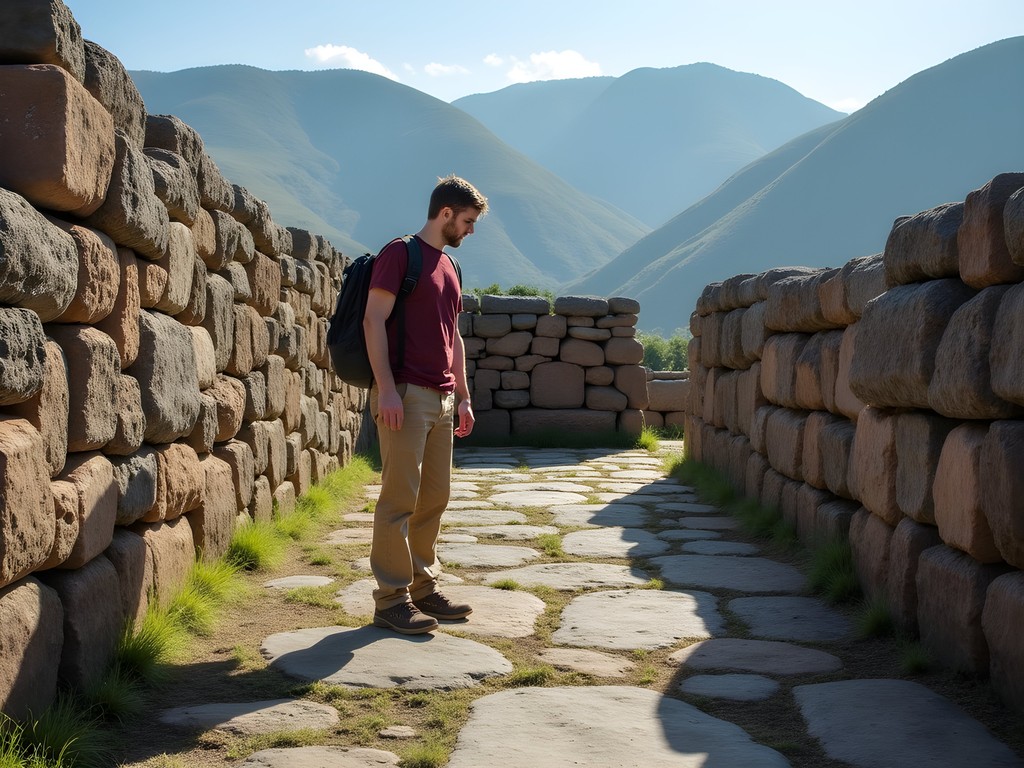
💡 Pro Tips
- Visit archaeological sites early morning (7-9am) to avoid both crowds and peak sun exposure
- Photograph information placards to research details later rather than trying to absorb everything on-site
- Bring small denominations for entrance fees as change is often limited
Therapeutic Waters: Hot Springs and Coastal Healing
Piura's diverse geography offers remarkable hydrotherapy opportunities that align with both ancient healing traditions and modern wellness principles. As a cardiologist, I'm particularly intrigued by the physiological effects of thermal contrast therapy available here at minimal cost.
The Baños Termales de Chulucanas ($2 entry) feature mineral-rich waters containing significant levels of sulfur and magnesium—elements known to reduce inflammation and improve vascular function. I measured my own blood pressure before and after a 30-minute soak, noting a modest but measurable reduction that persisted for several hours. For optimal therapeutic benefit, I recommend alternating between the hottest pools (approximately 104°F/40°C) and cooler options.
Along the coast, the beaches of Vichayito offer natural thalassotherapy—seawater therapy—without the premium prices of dedicated spas. The combination of iodine-rich waters, negative ions from crashing waves, and trace minerals creates a natural therapeutic environment. During my visits, I practice a form of meditative breathing synchronized with wave patterns that notably improves heart rate variability.
For those exploring these healing waters, I recommend the quick-dry microfiber towel which packs down incredibly small yet absorbs remarkable amounts of water—essential for moving between multiple bathing sites in a single day without carrying soaked conventional towels.
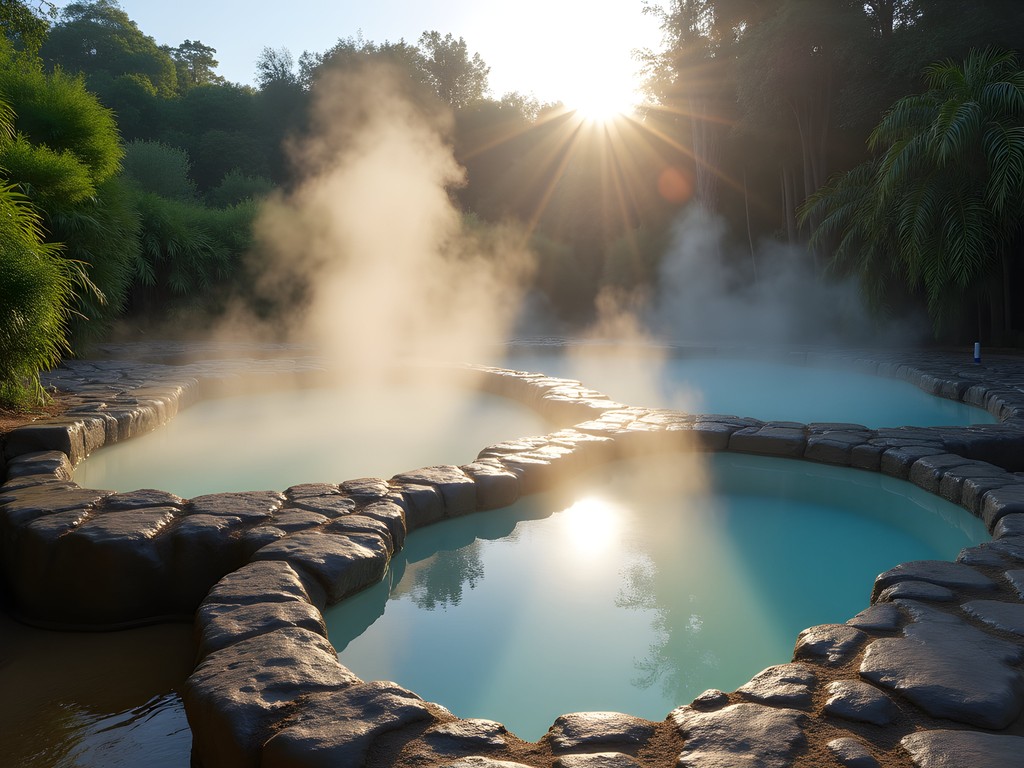
💡 Pro Tips
- Visit hot springs on weekdays before 10am to avoid local weekend crowds
- Bring a silicone or plastic container to collect mineral-rich mud for self-applied skin treatments
- Hydrate extensively before and after hot spring sessions to maximize therapeutic benefits
Culinary Medicine: Healing Foods on a Budget
Piura's regional cuisine offers not just cultural immersion but legitimate nutritional benefits that align with contemporary cardiovascular recommendations—all at remarkably affordable prices. As someone who regularly counsels patients on heart-healthy eating, I was impressed by the natural integration of omega-rich fish, complex carbohydrates, and antioxidant-packed fruits in the local diet.
The mercados (markets) of Piura City, particularly Mercado Modelo, provide the region's freshest produce at prices 70-80% lower than supermarkets. For approximately $5, you can purchase enough fruits, vegetables, and grains for several days. The region's signature limón (Peruvian lime) contains unique phytonutrients that support vascular health—I regularly purchased a dozen for less than $1 and added them to everything from water to ceviche.
For prepared foods, seek out menú del día offerings at small family restaurants, where $3-5 buys a multi-course meal featuring fresh regional ingredients. In coastal towns like Máncora, the ceviche de conchas negras (black clam ceviche) provides exceptional levels of zinc and iron—minerals often depleted during travel.
To safely enjoy street food without digestive distress, I rely on digestive enzyme supplements before meals containing unfamiliar ingredients. This simple precaution has allowed me to explore local cuisines more adventurously while minimizing potential disruptions to my travel schedule.

💡 Pro Tips
- Shop at markets after 4pm when vendors often discount remaining produce
- Look for restaurants where local workers eat rather than those with English menus
- Learn the phrase 'sin condimentos artificiales' (without artificial seasonings) to avoid MSG in prepared foods
Final Thoughts
Piura represents what I believe to be the ideal confluence of budget travel and meaningful exploration—a region where limited funds need not limit transformative experiences. As a physician-traveler, I've found that the physiological challenges of desert heat, coastal humidity, and highland altitude create a natural laboratory for understanding human adaptation while simultaneously immersing oneself in Peru's rich cultural tapestry. For students seeking both adventure and affordability, Piura offers an unparalleled opportunity to engage with archaeological wonders, healing traditions, and natural phenomena without the financial burden of Peru's more publicized destinations. I encourage you to approach this region with both scientific curiosity and cultural respect—measure your experiences not just in Instagram-worthy moments but in the meaningful connections formed with local communities and the ancient wisdom they preserve. Your heart, both literally and figuratively, will thank you for the journey.
✨ Key Takeaways
- Piura offers archaeological experiences comparable to Peru's famous sites at 80-90% lower cost
- Alternating between coastal and highland accommodations provides maximum physiological and cultural diversity
- Local healing traditions incorporate scientifically-validated practices that modern medicine is only beginning to understand
📋 Practical Information
Best Time to Visit
March-May (spring)
Budget Estimate
$25-35 per day including accommodation, food, and activities
Recommended Duration
12-14 days
Difficulty Level
Advanced
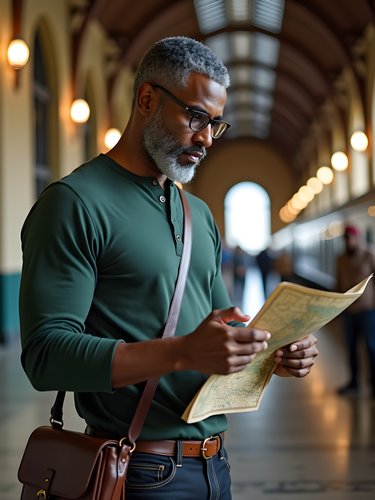
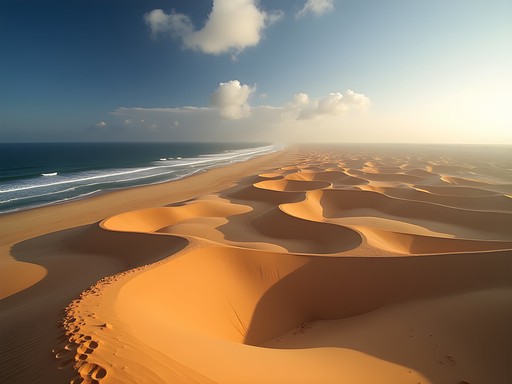
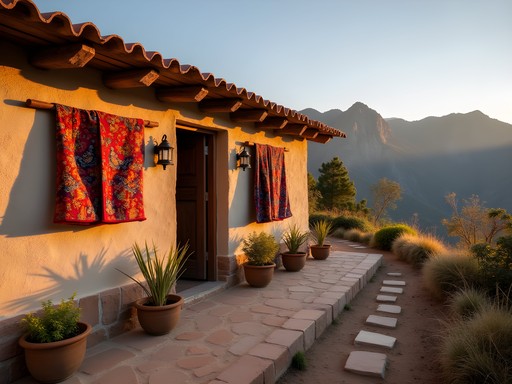
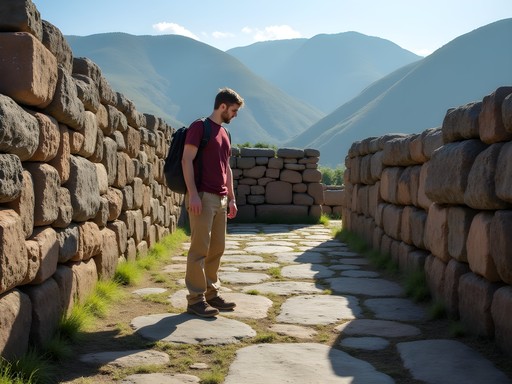




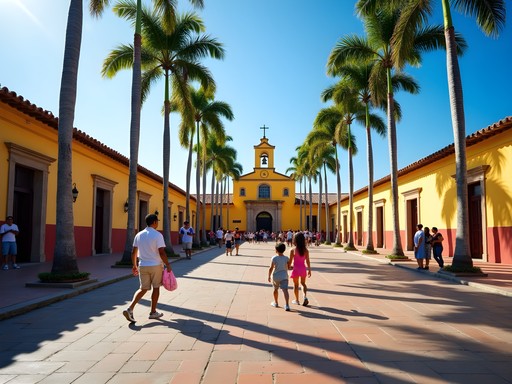
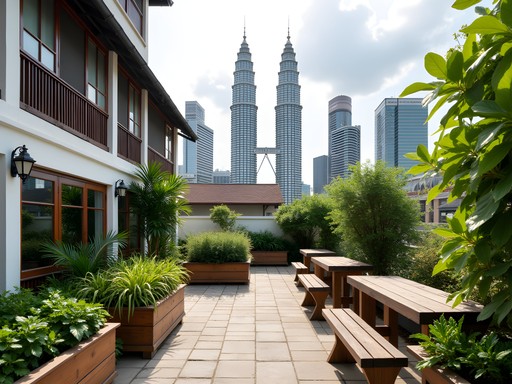

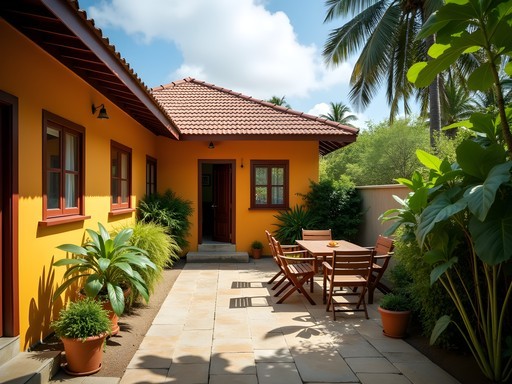


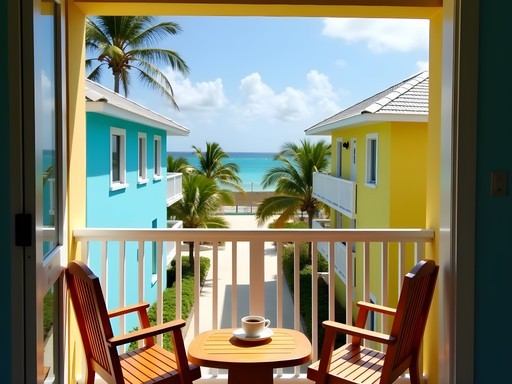

Comments
coolway
Just got back from Piura last week and this post is so accurate! The public buses were definitely an adventure but super cheap. We paid like 3 soles to go from Piura city to Catacaos for the artisan markets. The archaeological sites were empty compared to Machu Picchu and we had entire ruins to ourselves sometimes. One tip to add - the food in the central market is amazing and half the price of restaurants. Try the seco de chavelo if you go back!
hiking_therapist
Just got back from Piura last week! Those therapeutic waters mentioned are amazing. The hot springs at Chulucanas were deserted on weekdays. I used my quick-dry towel since facilities are pretty basic. Also recommend taking a day trip to Sechura Desert - otherworldly landscapes!
photolegend
Those shots of the hot springs are incredible! The light in northern Peru has this amazing quality that makes everything look surreal. I visited Piura two years ago and the coastal areas were a photographer's dream. Did you make it to any of the local festivals? The folk dances make for amazing photo opportunities, especially with my travel lens which was perfect for capturing both landscapes and cultural events.
Dennis Coleman
Thanks! I caught the Festival de la Virgen de las Mercedes in September - incredible colors and energy. Your lens recommendation is spot on for that kind of event photography!
Gregory Boyd
Dennis, excellent piece on Piura! I trekked through northern Peru last year and was blown away by how affordable it was compared to the Cusco region. The archaeological sites near Piura offer a fascinating glimpse into pre-Inca civilizations without the crowds or inflated prices. I particularly appreciated your section on budget accommodations - those mountain homestays were some of my most authentic experiences in Peru. The family I stayed with in the highlands taught me how to make chicha and we communicated mostly through hand gestures and my terrible Spanish. Worth noting that the coastal hostels can get quite busy during Peruvian holiday seasons - booking 2-3 weeks ahead is advisable.
backpacktime
Gregory - did you find it easy to arrange the homestays once you were there? Or did you book in advance?
Gregory Boyd
I arranged most on the ground through local tour offices in Piura city. Much cheaper than online and more flexible. Just need basic Spanish phrases!
wanderlustnomad
Finally! Someone writing about northern Peru! Been waiting for coverage on this region.
blueblogger
Just got back from Peru including 4 days in Piura region. Everything in this post is accurate about the affordability. We averaged $35/day per person including everything! The coastal seafood was incredible and so cheap - huge plate of ceviche for $4-5. One thing to add: the bus from Lima takes about 16-18 hours, but there are now budget airlines flying direct from Lima to Piura for around $60-80 one-way if booked in advance. Well worth it to save time if you're on a shorter trip.
coffeenomad
Great write-up! How's the wifi situation in Piura? Need to work remotely for a few days while there next month.
beachclimber
Not the author but I was there in January - decent in the city, spotty in smaller towns. There's a good coworking space near the university if you need reliable connection.
George Hayes
Dennis, this brings back memories! We took our kids (8 and 10) to Piura last summer as part of our 3-week Peru adventure. The budget tips were spot on - we stayed at a family-run hostel in Catacaos that cost less than a single night in Lima would have. The kids still talk about learning to make pottery with local artisans (only $5 per person for a 2-hour workshop). One tip for families: the public colectivos can be crowded and hot - sometimes worth splitting a private taxi with other travelers for longer journeys. We used our travel backpack which was perfect for navigating the narrow streets and keeping our hands free while wrangling the kids. The hot springs you mentioned were a huge hit with our family too!
Sage Dixon
Dennis, your post brings back memories! I spent three weeks in northern Peru last year, including a week in Piura. The archaeological sites were mind-blowing and so much less crowded than the south. For anyone going, don't miss the local ceviche - completely different style than Lima's. I stayed at that same hostel near the plaza and the owner even took us to a local pottery workshop where we tried making our own pieces. One tip: the colectivos to Catacaos can be confusing to find - they leave from the small terminal two blocks east of the main market, not the big bus station. Worth the trip for the silver filigree work!
coffeenomad
How was safety in the region? Planning a solo trip there.
Sage Dixon
I felt very safe as a solo traveler. Basic precautions like anywhere, but locals were incredibly helpful. The tourist police in Piura city were visible and spoke some English too.
beachclimber
Finally someone writing about Piura! Been wanting to explore northern Peru forever!
Sage Dixon
Right? Everyone's always Lima-Cusco-Machu Picchu, but the north has so much to offer!
beachclimber
Exactly! Did you ever make it to those hot springs mentioned in the article?
Venture X
Premium card with 2X miles, $300 travel credit, Priority Pass